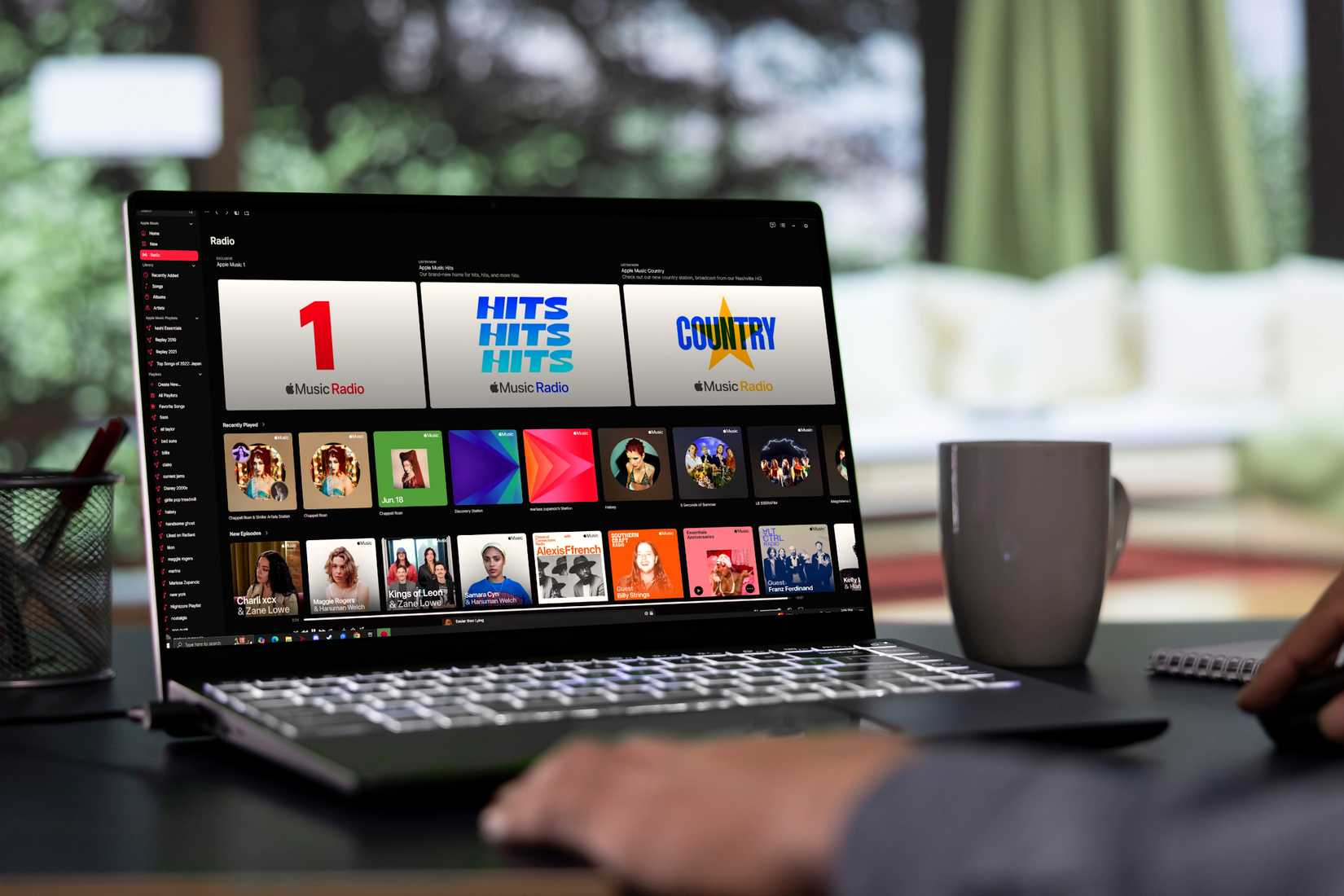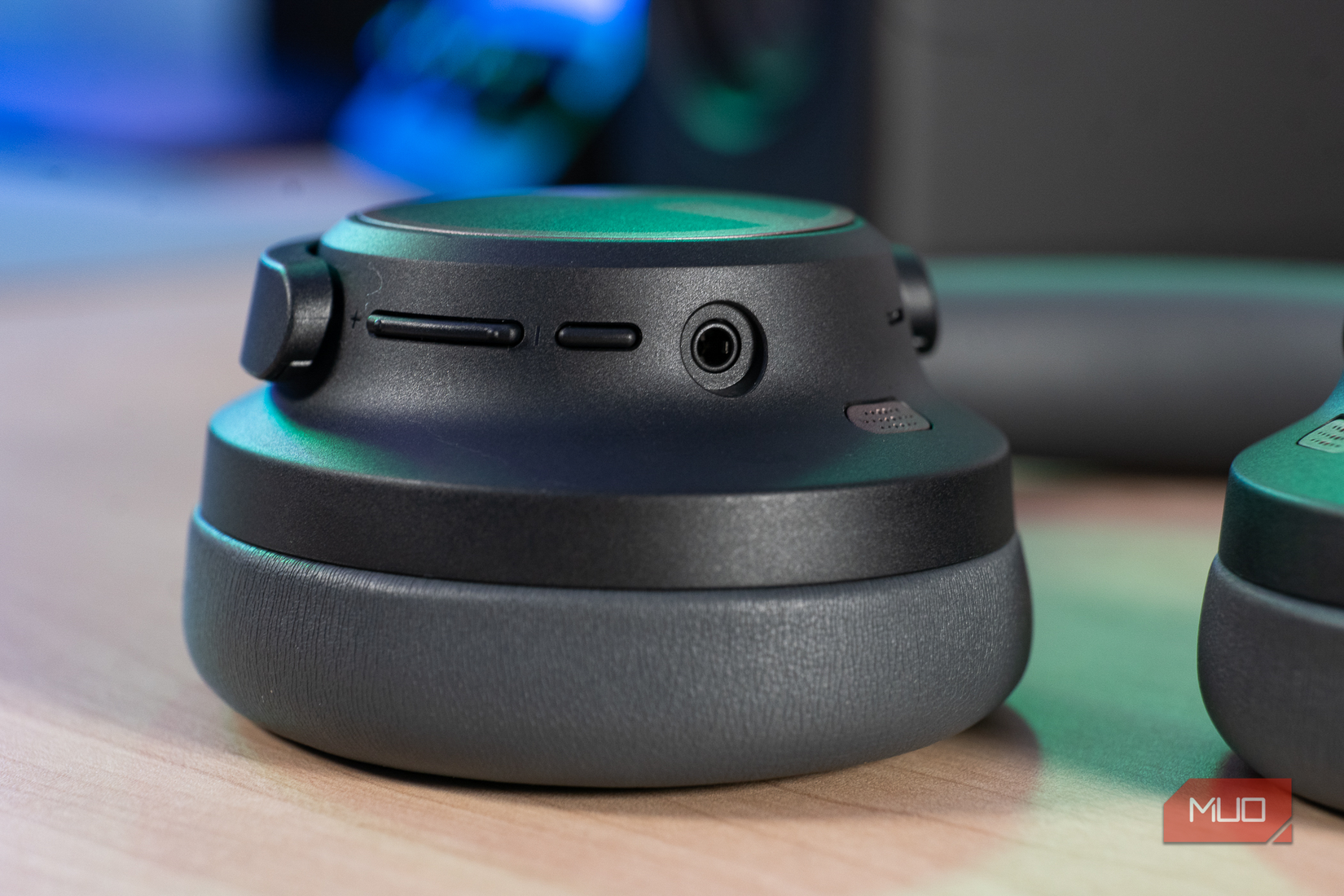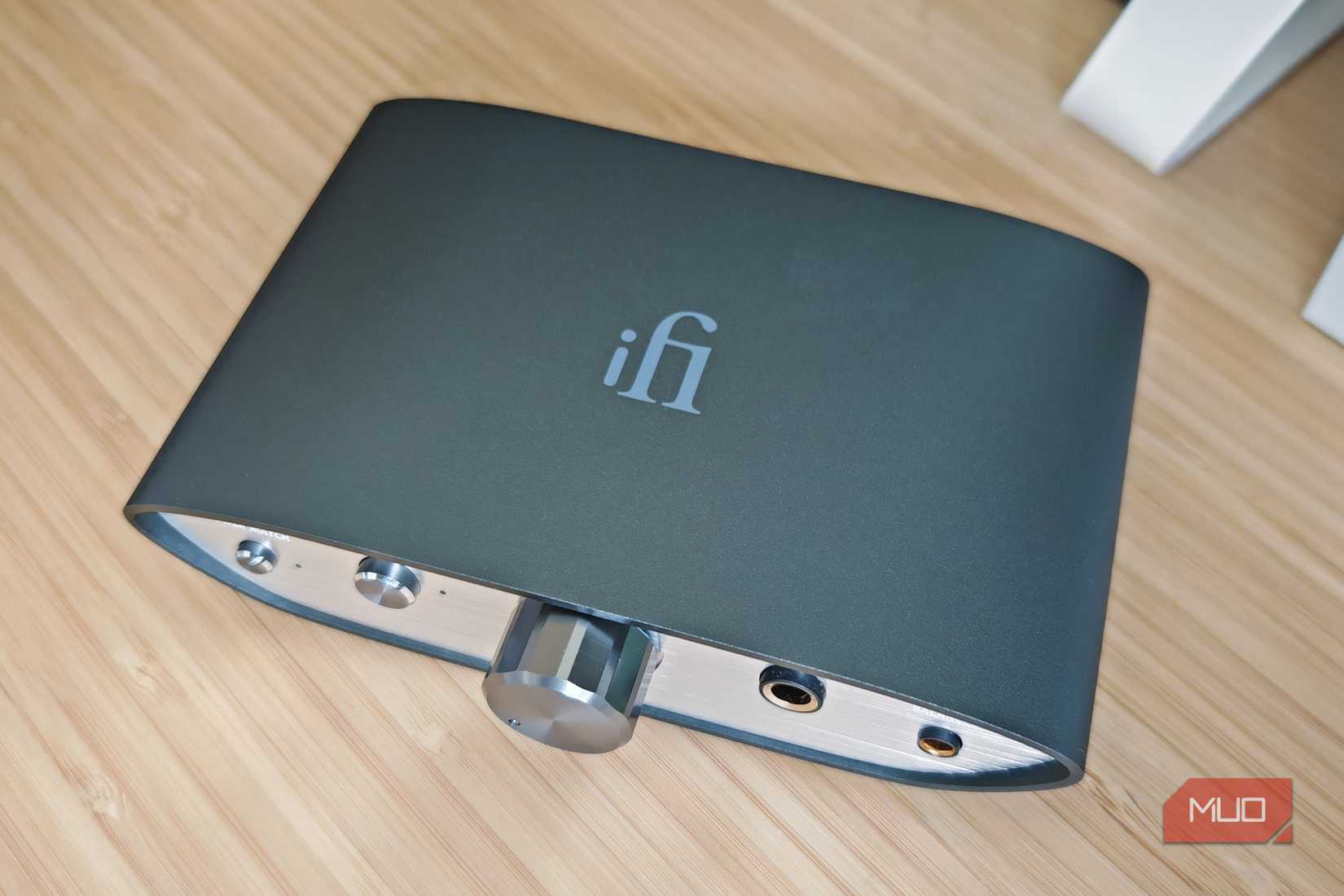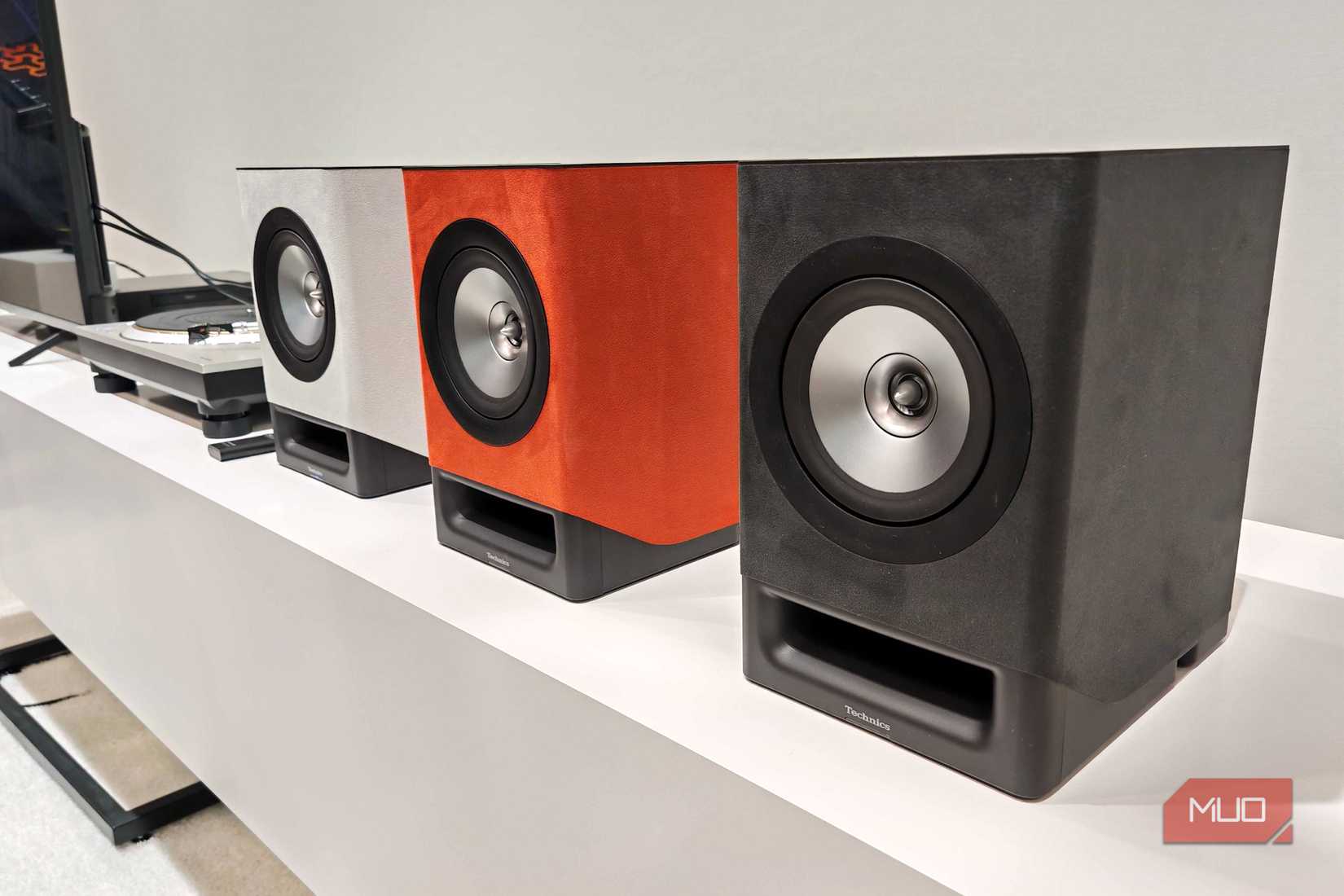If you want to listen to your favorite music at the best sound quality, you have to stream it in hi-res. Hi-res audio aims for minimal distortion and reproduces recordings as closely as possible to the original.
Streaming services know this; that’s why there are several hi-res music streaming apps that offer their catalog in high-fidelity or hi-fi. But while there are plenty of services with hi-res streaming quality, listening to music in hi-res isn’t as straightforward as you might think. You might think you’re hearing hi‑res audio, but your setup could be working against you.
The mistakes that ruin hi-res sound
Don’t do this if you want the best possible sound
Unlike other lower sound quality settings, you can’t just switch the playback quality to hi-res, lossless, or whatever your streaming service calls it, and expect the audio gracing your ears to be that. Listening to hi-res music requires care, and as you’ll learn, most of our modern-day listening habits are optimized for convenience, not sound quality. Here are the three main mistakes you could be making that are preventing you from listening to hi-res music in its full glory:
1. Listening wirelessly via Bluetooth earbuds or headphones
Despite what you might’ve heard, Bluetooth doesn’t offer enough bandwidth to transmit hi-res sound. Most people stream music over Bluetooth, but few realize that popular codecs like SBC and AAC compress audio before it even reaches your ears. So if you play music in lossless formats like FLAC or ALAC on your Android or iOS device, the codec won’t transmit all the data as-is.
Some of that data is discarded to maintain stability because Bluetooth doesn’t provide enough bandwidth or a reliable connection to transmit lossless audio. Unfortunately, even modern codecs like LDAC, AAC, aptX Lossless, and aptX Adaptive, found on the best earbuds and headphones (such as the Airpods Pro 3 and Bose QuietComfort Ultra), aren’t immune to this. No matter your hardware, Bluetooth is still a major bottleneck in listening to hi-res music.
2. Using low-quality output devices
The transmission link isn’t the only bottleneck if you want to listen to hi-res music. The output device also needs to be up to the task of playing hi-res audio. If you’re listening to hi-res music on cheap speakers or the average laptop speakers, you won’t notice the benefits of hi-res audio. It’s like watching a 4K video on a 1990s TV. It just doesn’t work. Similar to watching 4K videos, you need the right gear to do so.
Nearly every gadget that can play audio has a built-in Digital-to-Analog Converter (DAC). Unfortunately, most DACs found on everyday devices like your smartphone, laptop, or desktop computer are basic and can’t handle hi-res audio. At the same time, not all external speakers or sound systems are capable of playing hi-res audio. If you’ve got a budget set, it might be good enough for everyday listening, but it might not be capable of outputting hi-res sound.
3. Not using a solid DAC or audio interface
A critical component you might not think about when playing hi-res music is the DAC, or in some devices, the audio interface. If you’re streaming music in hi-fi but still routing sound through a cheap built-in audio chip, you’re missing out. As mentioned, every digital device has a built-in DAC that turns digital audio data into an analog signal for speakers to play.
The problem with these built-in converters is that most are usually an afterthought—designed for convenience, not high-fidelity sound. A basic DAC can introduce noise, distortion, and loss of detail. As a listener, that means even if you’re streaming lossless 24-bit FLAC files on your gigabit internet connection, you still aren’t getting the maximum sound quality possible.
How to actually hear hi-res quality
Stream hi-res music like you’ve always wanted
So, how can you listen to hi-res music? Well, it’s not just one thing you need to address because hi-res audio is only as good as the weakest link in your setup. As such, there are several steps you need to take to enjoy your music at the best possible sound quality:
1. Use a wired connection
Bluetooth keeps getting better and better, with newer codecs offering even better links for transmitting higher quality sound. However, since Bluetooth doesn’t have enough bandwidth or a stable enough connection to meet the requirements of transmitting hi-res audio signals without distortion (yet), just avoid it like the plague.
Currently, the most reliable option is to transmit the signals over a wired connection. It’s one of the cheapest ways to improve the quality of your sound. Your phone may not have a headphone jack (most don’t), but don’t make the mistake of buying a simple USB-C adapter. You need a quality external DAC.
2. Use a quality DAC or audio interface
The next step is to get a quality external DAC or audio interface because the built-in options are typically basic and introduce distortions. If you need the best audio quality, there’s no way around it—you should buy an external DAC or interface.
One of the best options that we vouch for is the iFi Zen V2, which scored an impressive 9/10 in our review. The FiiO K11 is another good alternative for desktop setups. For listening to hi-res sound on phones and laptops, you can’t go wrong with budget-friendly options like the Fosi Audio DS2 or iFi Audio Go Link Max.
3. Get quality audio output gear
The last aspect that you need to get right to listen to hi-res sound is your audio output device. This is where it all comes together. Your basic speakers or headphones won’t cut it because they tend to flatten everything. The reason why some headphones and speakers cost a fortune is that they offer the best sound quality. So, with a solid DAC, you still need a pair of headphones or speakers designed for accurate sound reproduction, not the ones with artificial bass or treble boost that are so common on the market.
Get quality wired headphones like the Sennheiser HD 800 S, Sennheiser HD 560S, or HiFiMan Edition XS. To listen with your friends, you can get quality speakers like the Polk Signature Elite ES20 or Klipsch RP-600M. All of these options are reasonably priced for the quality they provide, but, of course, there are far more expensive options that cost thousands if you need the absolute best sound.
Your music setup matters
Subscribing to a music streaming service with hi-fi support is just one piece of the puzzle in your path to enjoying hi-res audio. To actually listen to music in hi-res sound, your setup needs to be up to the task. You can play music in hi-res quality all you want, but without the right setup, you won’t hear the music in all its glory. Sure, you’ll experience a slight bump in quality even with your current setup, but if you need the absolute best, you need to do more.
So before you play those lossless files, make sure your setup doesn’t stand in the way of you hearing the music at its absolute best. You might have to make a few purchases here and there, but trust us, it’s worth every penny if you’re interested in listening to hi-res music.




